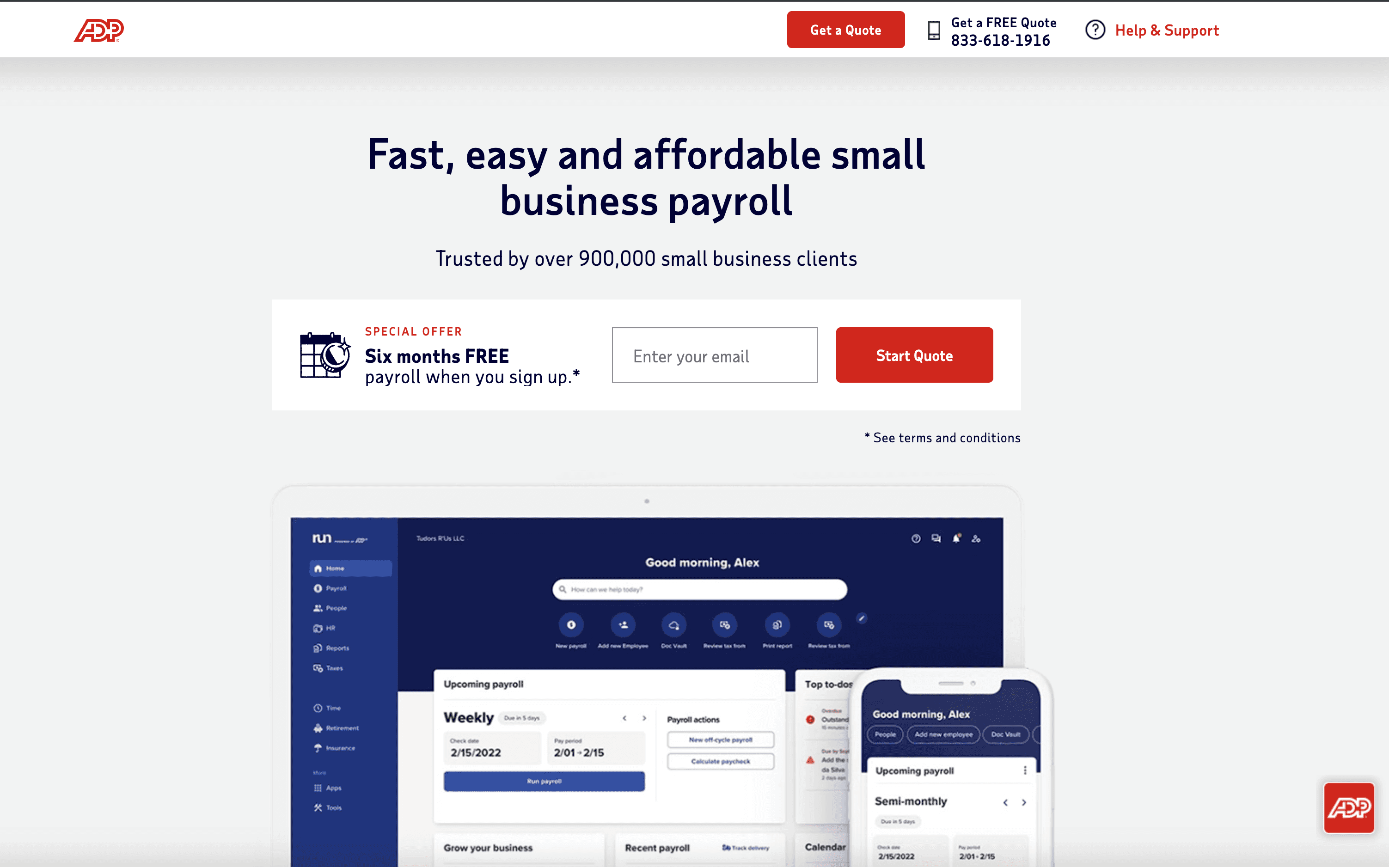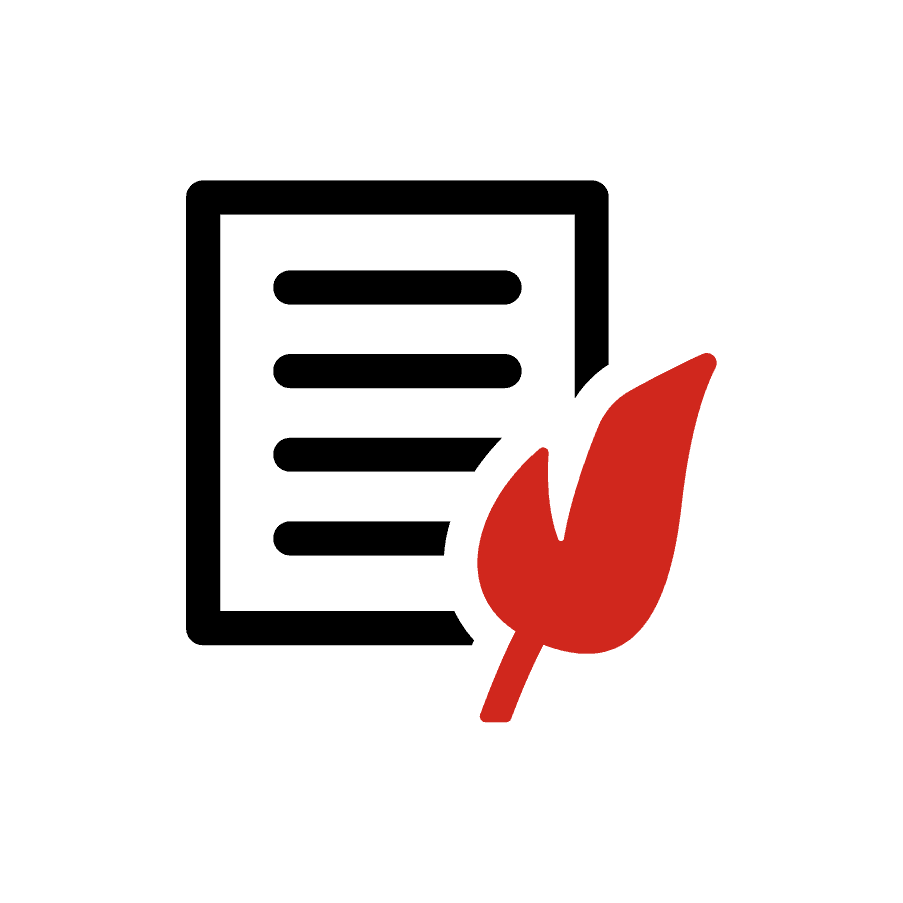01 — Project Overview
As part of a self-directed initiative, I set out to explore how data analytics could improve client engagement within ADP's digital ecosystem.
Using CRM data, performance reports, and campaign metrics, I analyzed gaps in client behavior and identified opportunities for targeted improvements. My focus was on applying segmentation, performance analytics, and automation strategies to drive measurable results.
02 — The Challenge
ADP’s client marketing strategies faced several data-driven challenges:
Low Client Engagement with Content:
Marketing materials were broadly distributed with limited targeting and without personalization, leading to consistently low open and interaction rates.
Awareness Gaps in Key Segments:
Certain client groups were not receiving relevant content due to insufficient segmentation and insight into engagement behavior.
Underutilization of Digital Channels:
Underutilization of Digital Channels:
Analytics and campaign data from various platforms were siloed, limiting the ability to make data-informed decisions.
03 — The Solution:
Data-Driven Marketing Strateg
To solve these challenges, I developed a targeted campaign framework using ADP’s rich customer data and digital platforms:
Client Segmentation & Personalization
Applied data clustering techniques and CRM filters to group clients by behavior, size, and industry.
Created tailored messaging strategies for each segment using past engagement and product usage history.
Email Campaign Performance Analysis
Ran A/B tests on subject lines, CTAs, and timing using historical open and click-through data.
Built a SQL-based reporting model to track engagement trends by segment over time.
Webinars & Online Event Insights
Integrated webinar registration and attendance data into ADP’s CRM using automation tools.
Analyzed attendance behavior and follow-up actions to evaluate effectiveness and lead conversion.
Social Media Campaign Reporting
Used UTM tracking and Google Analytics to collect conversion data from paid campaigns.
Analyzed campaign ROI and adjusted targeting based on engagement and demographic insights.
Content Performance Dashboard
Created a Power BI dashboard to consolidate blog, video, and email content metrics.
Provided actionable insights into which content types drove the highest engagement and conversions.
04 — The Impact
The marketing campaign led to several key outcomes:
30% Increase in Email Open Rates:
Personalized subject lines and segmentation improved initial campaign engagement.18% Reduction in Churn Risk (Pilot Segment):
Timely, targeted communications decreased disengagement in identified at-risk groups.60% Increase in Webinar Attendance from SMB Segment:
Behavior-based targeting and reminder cadence changes drove participation.Real-Time Insight with Power BI Dashboards:
Provided ongoing visibility into campaign performance for the marketing and sales teams.
Conclusion:
Conclusion: Bridging Data and Engagement
This case study demonstrates how I apply technical analysis and marketing knowledge to solve business challenges. By leveraging CRM systems, SQL-based analytics, dashboard tools, and campaign data, I delivered actionable insights and improved client experiences at scale.
As a Tech Analyst II, I bring this same strategic, data-driven mindset to cross-functional collaboration — translating numbers into meaningful outcomes.








